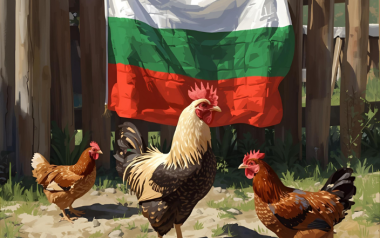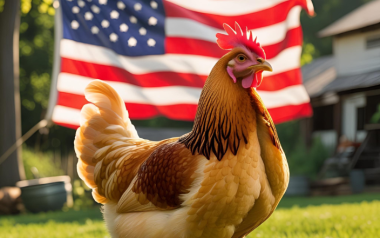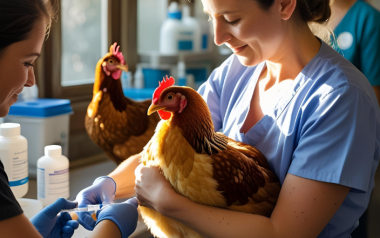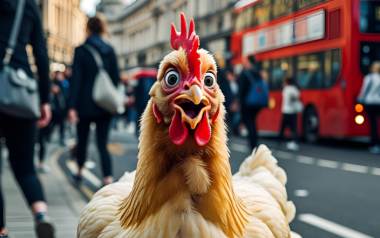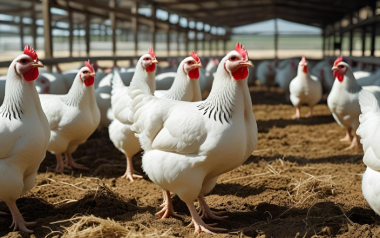10 Apr 2023
Avian flu continues striking Japan, and there is not enough land to burn chicken carcasses
Avian Influenza continues striking Japan, and this country has culled more than 17 million birds since October 2022 due to […]
Avian Influenza continues striking Japan, and this country has culled more than 17 million birds since October 2022 due to this disease. Culling birds is necessary to avoid spreading the disease to other birds, animals, and humans.
Nowadays, sanitary authorities, local governments, and farmers are concerned about the lack of suitable land to bury the carcasses.
It was reported that despite Japan’s fighting against the current outbreaks of avian flu, about 60 percent of the regions with the disease are having trouble finding a proper land for burying chicken carcasses.
- The carcasses cannot be buried in any place because of the contamination, especially in the presence of water. This represents a high contamination risk since streams of water can go to different locations.
With the number of chickens and other animals disposed of due to bird flu reaching a record high this season, there are cases in 16 provinces and prefectures across the country where there is a shortage of land to bury the chickens, and the land cannot be used.
>> Experts point out that it is necessary to review measures, such as creating ways to
TO CONTINUE READING REGISTER IT IS COMPLETELY FREE
Access to articles in PDF
Keep up to date with our newsletters
Receive the magazine for free in digital version
REGISTRATION
ACCESS
YOUR ACCOUNT
LOGIN
Lost your password?







